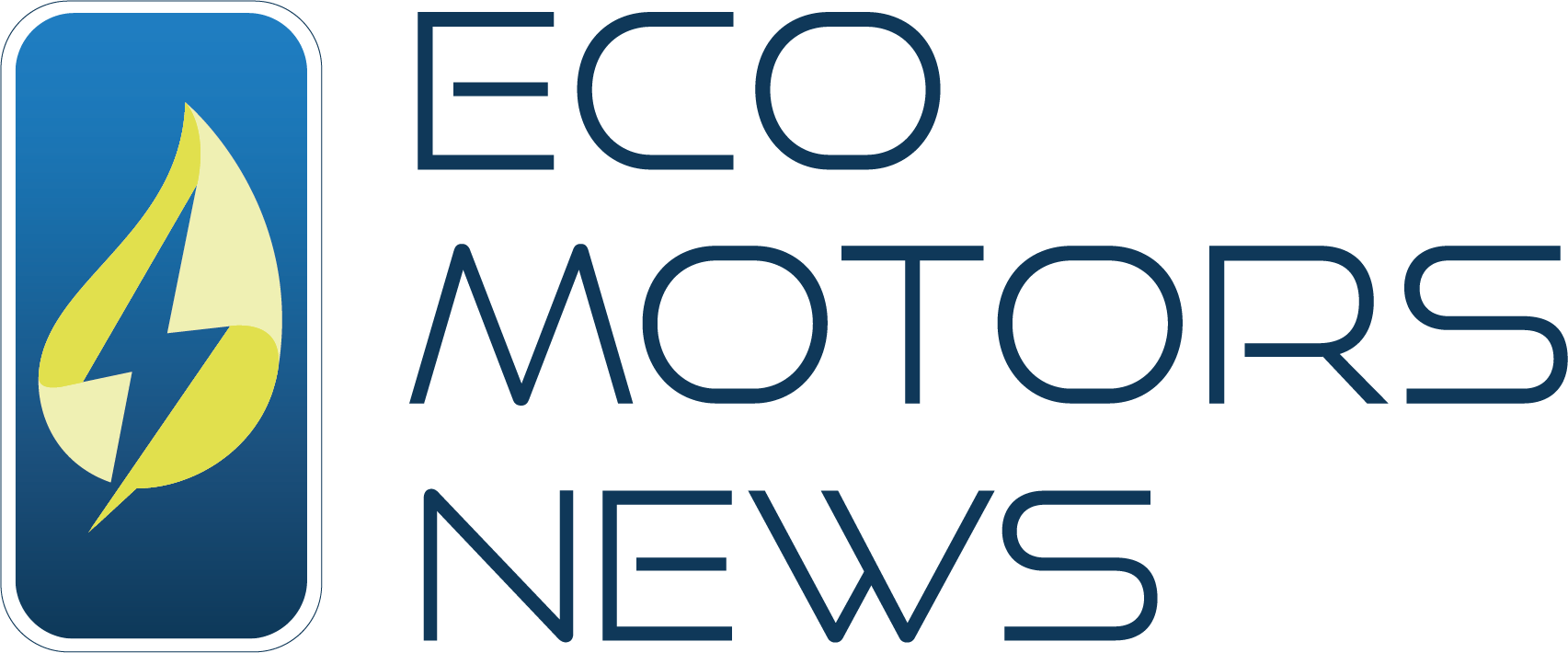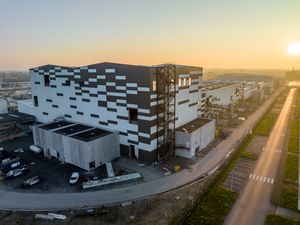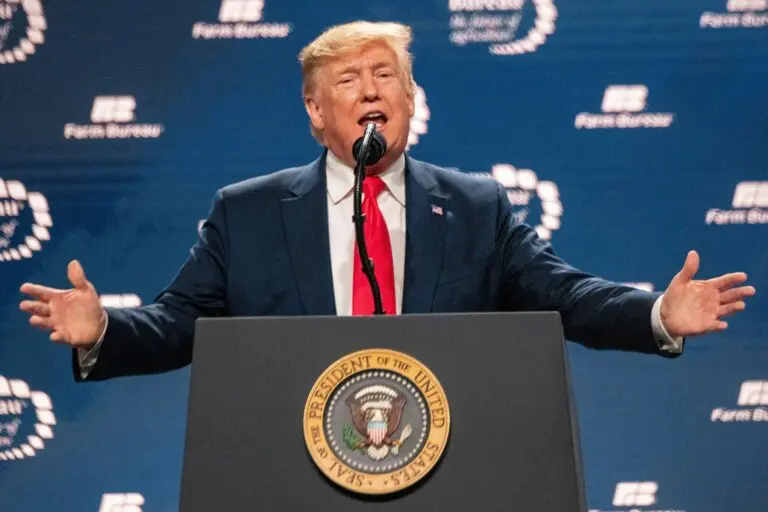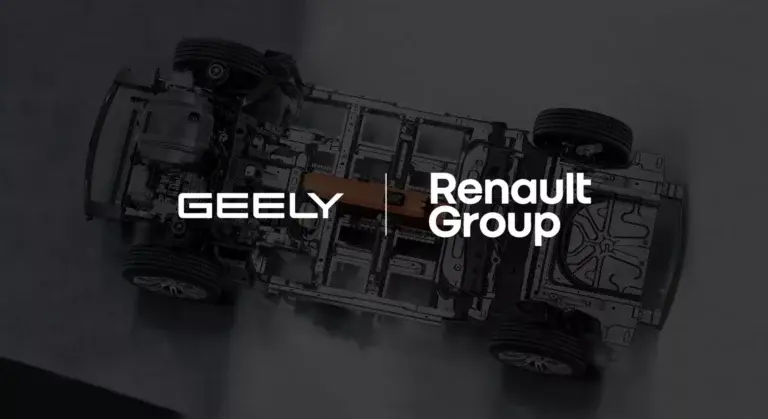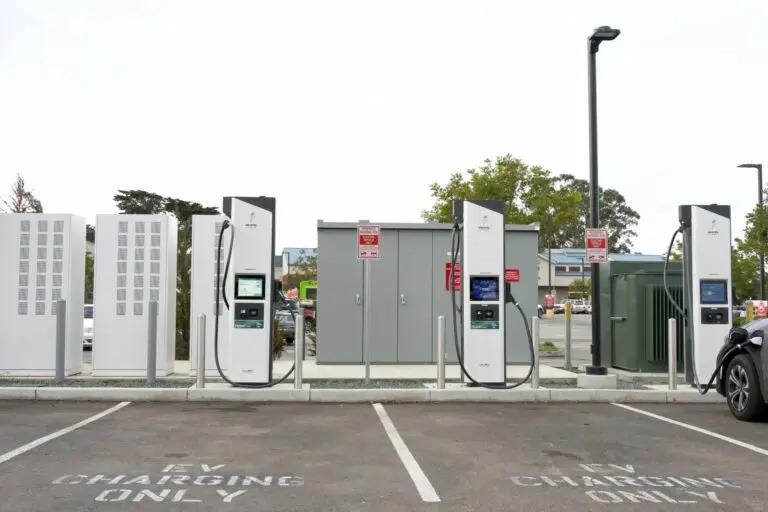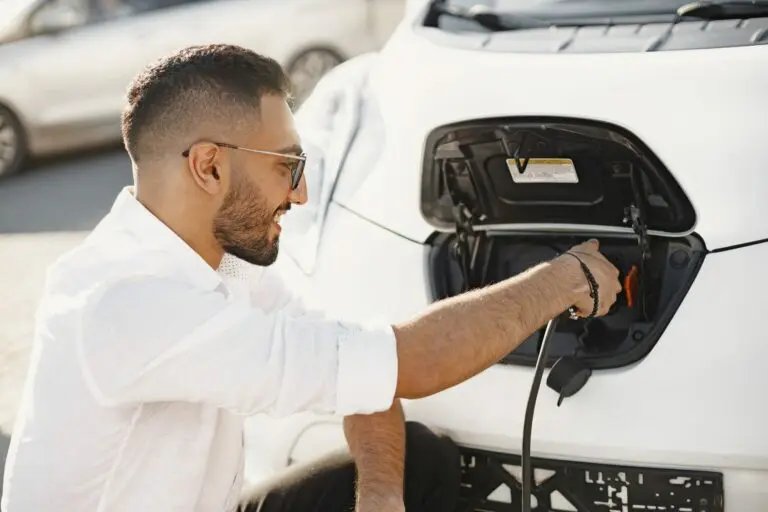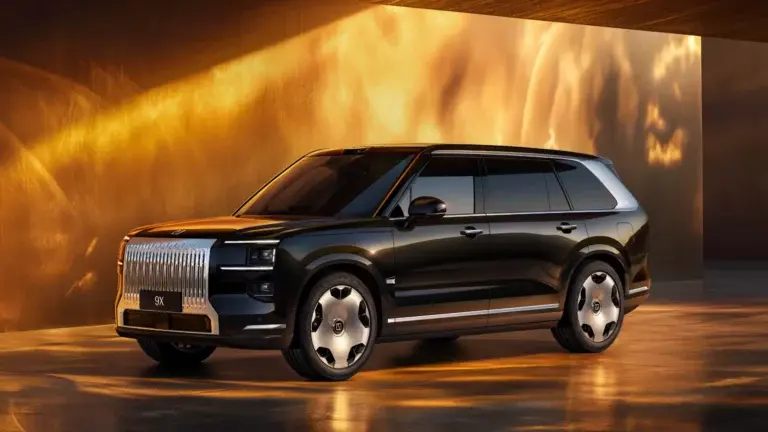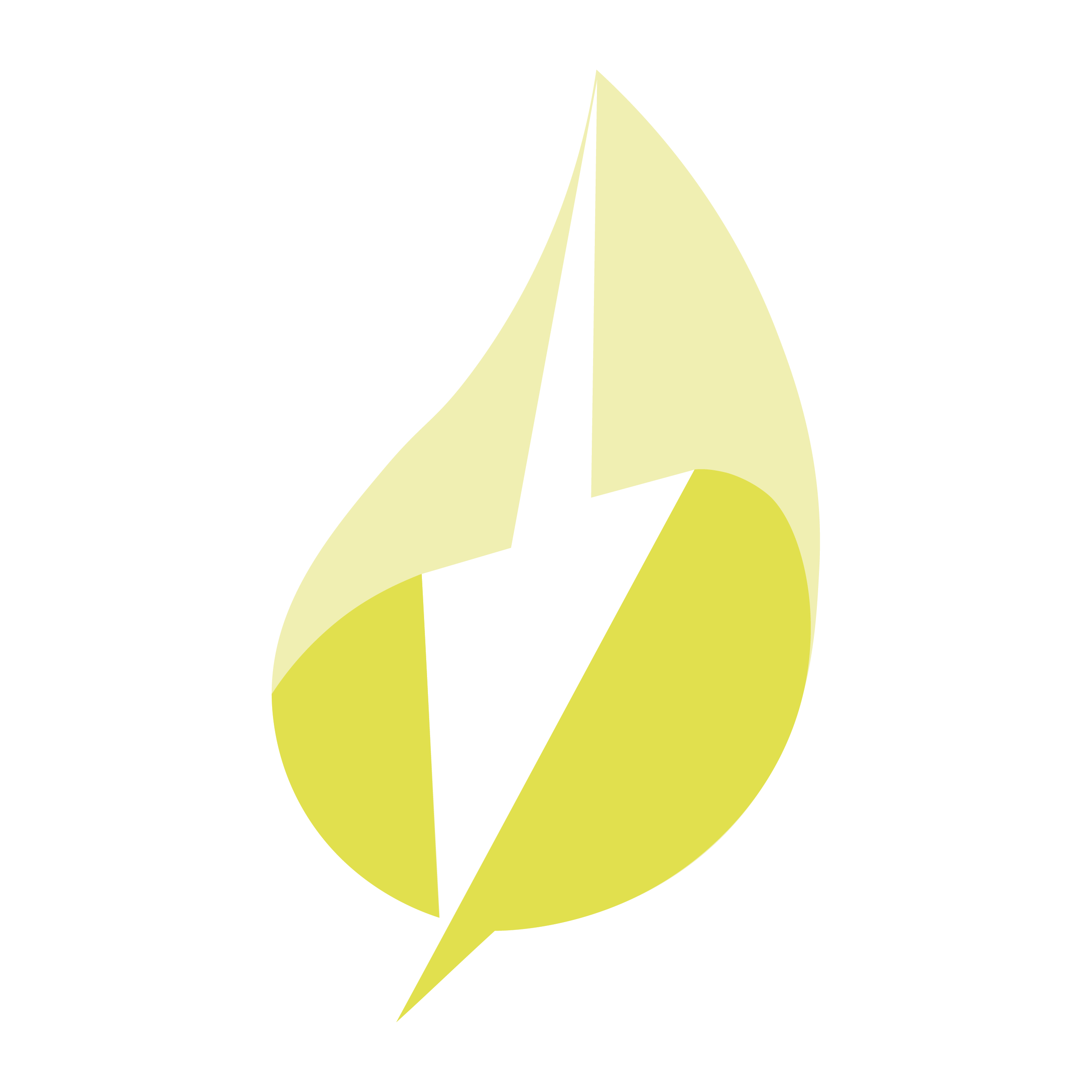China, the undisputed leader in battery manufacturing, has produced more than two-thirds of the lithium-ion batteries currently in circulation. This dominance can be attributed to an immensely powerful industrial network that allows for full internalization of the supply chain. It is also due to competitive manufacturing costs and easy access to raw materials thanks to China’s strong economic ties with key supplier countries.
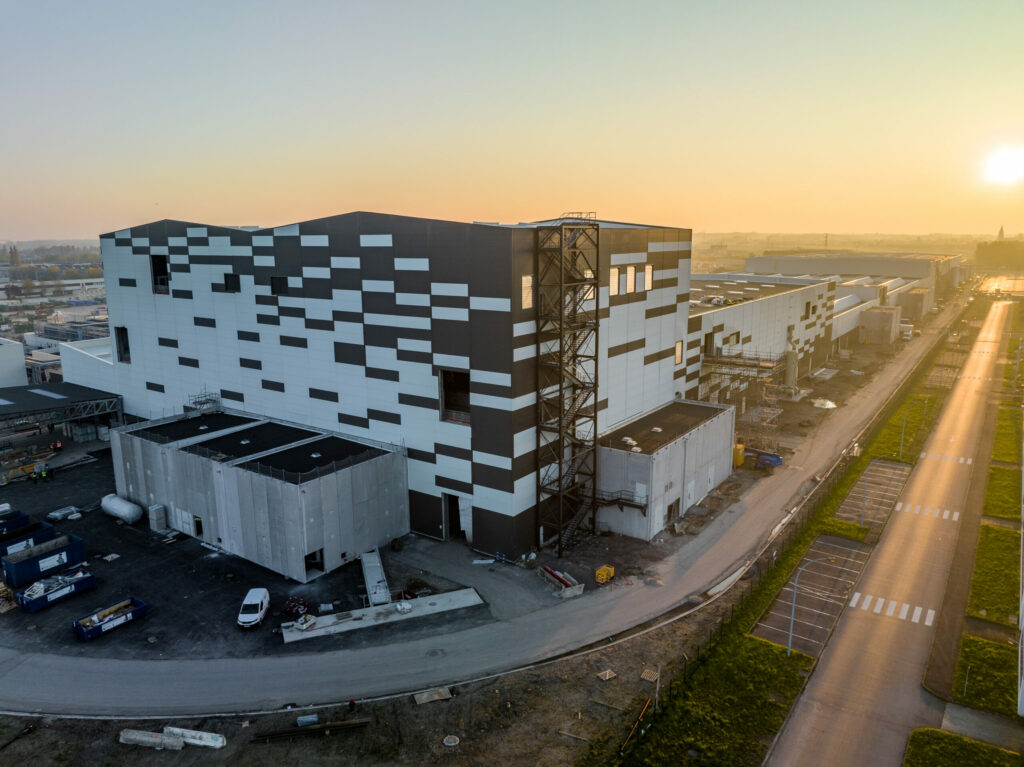
However, with the recent and spectacular rise of electric vehicles (EVs), Europe and the United States, among others, are investing heavily in developing their own production capacities to secure energy independence.
At the same time, promising technological innovations are emerging, aiming to revolutionize battery performance and sustainability—particularly in terms of size (and therefore weight).
They also focus on the use of minerals whose extraction often sparks controversy.
« Made in Europe » Batteries: Between Strategic Independence and Chinese Investments
It’s clear—based on both government announcements and the inauguration of new factories in recent years—that Europe is aiming to become a major player in electric vehicle battery production. By 2033, it’s estimated that nearly 250 factories will be established across the continent.
This surge is driven by key projects in France, Germany, Italy, Spain, and Norway, among others. If some of them are failing, because of a still fragile market, companies such as Verkor and ACC (initially founded by Stellantis and Total, now with Mercedes-Benz among its shareholders) in France, and Italvolt in Italy are taking the lead.
This vibrant European ecosystem has quickly attracted the attention of… the Chinese! Envision, based in Shanghai, has built gigafactories in Douai, France, and Sunderland, UK, in partnership with Renault and Nissan, respectively.
Similarly, CATL, the undisputed global leader in EV battery manufacturing, has teamed up with Stellantis—the two companies that plan to invest over €4 billion—to build a factory in Zaragoza, Spain. This will be CATL’s third factory in Europe after Germany and Hungary, with a fourth already in the pipeline. Its location has yet to be announced.
Finally, BYD, the new global leader in EV sales, has already opened two factories in Europe and is considering a third. These partnerships and installations highlight the complex challenge facing European governments: developing a domestic industry to achieve energy independence, while also relying on the very players they hope to free themselves from. This allows them to benefit from their funding and technical expertise.
The American Industrial Boom
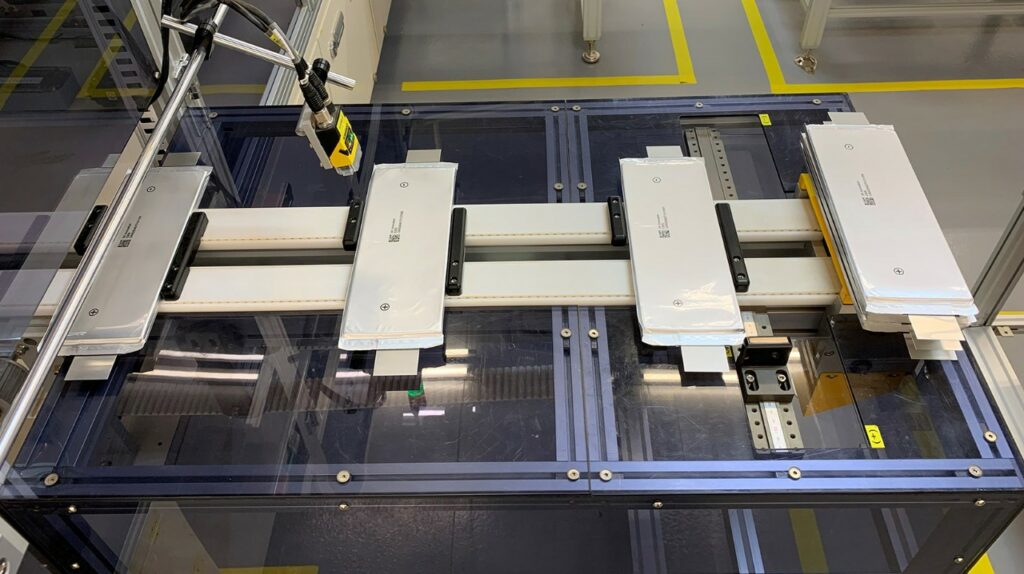
In the United States, the 2022 Inflation Reduction Act (IRA) has sparked a true boom in the construction of EV battery factories. An unprecedented surge has brought dozens of gigafactories, most still under construction, within the “Battery Belt” spanning ten states from Georgia to Michigan.
In addition to Tesla, which is already well-established, Ford, General Motors, Hyundai, Toyota, and others are investing heavily, supported by federal tax credits provided by the IRA. From just two such factories in 2019, the U.S. now has around thirty that are either operational or nearing completion. There are over 200 battery-related projects.
There’s also a wave of startups creating battery recycling solutions that ensure batteries remain within the country for their entire lifecycle. The question remains: what will the Trump administration do about this electrification movement? The 47th President of the United States is a strong supporter of the oil industry.
Yet he also launched a trade war with China and promised to massively reduce unemployment. Domestic battery manufacturing helps reduce reliance on Chinese imports and, according to several estimates, could create over 100,000 jobs.
So, between protectionism—fueled by industrialization and electrification—and conservatism—rooted in continued oil reliance—two core features of Trump’s platform, the administration will have to make a choice. But which one?
New Batteries: Lighter and More Durable
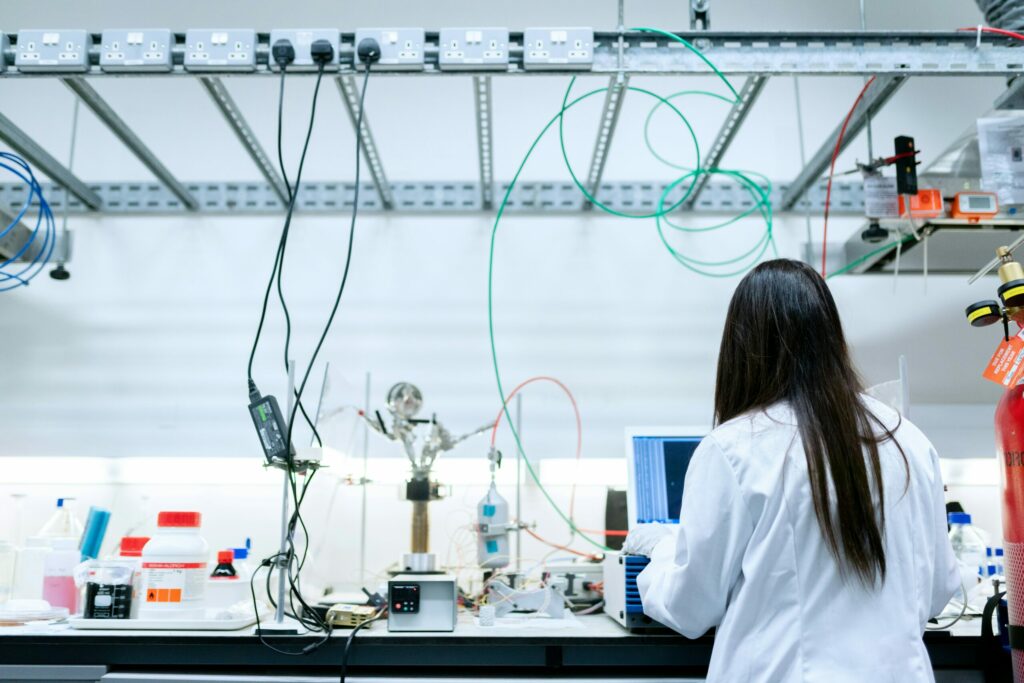
Far from these geopolitical concerns, technological innovation is steadily progressing and lies at the heart of the battery sector’s transformation.
Recently, U.S.-based Paraclete Energy developed SILO Silicon, a silicon anode material that reduces battery weight by 50% while doubling range. An 80 kWh pack could drop from 565 kg to just 150 kg. It could also offer a range of over 930 km. A promising outlook!
Stellantis is also exploring promising alternatives. In partnership with Zeta Energy, the group is developing lithium-sulfur batteries, which are lighter, cheaper, and contain no cobalt or nickel. This dramatically reduces the need for controversial raw materials. These batteries could hit the market by 2030 and be compatible with existing infrastructure.
Finally, semi-solid battery technology is advancing. Stellantis plans to test Dodge Chargers equipped with these batteries starting in 2026. They offer higher energy density and compatibility with current production lines.
Whether powered by sand, seawater, air, or carbon—whether they charge as quickly as a gas tank fills, or even offer virtually unlimited lifespans—the batteries of the future are already on their way!
